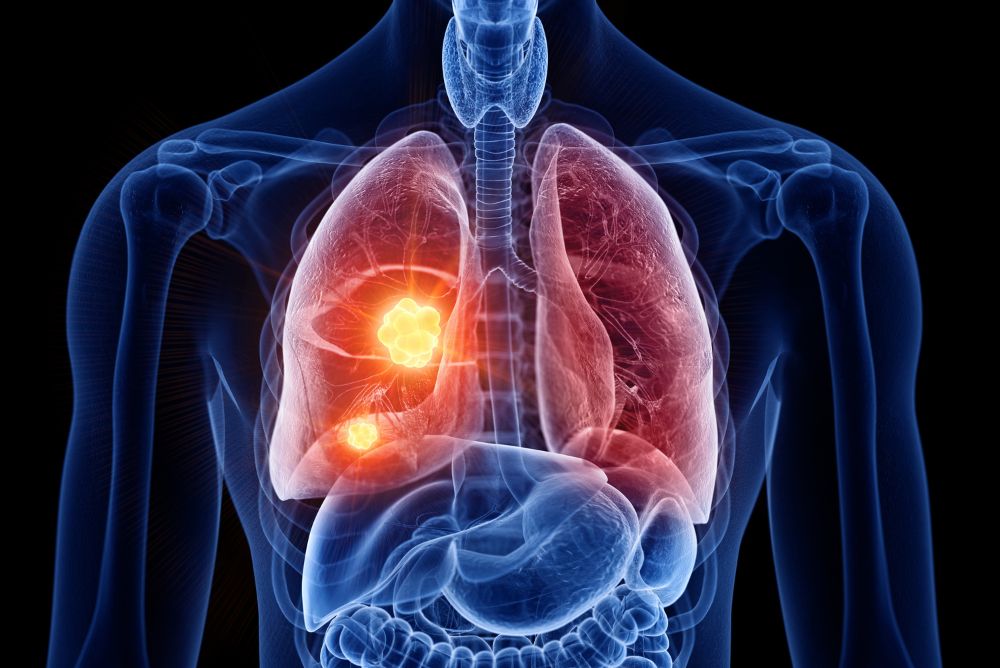Being a homeowner comes with many joys but also various hardships. If you’re a first-time homeowner, you’re probably still learning all the ins and outs of home maintenance. With that in mind, you should understand the dangers of having radon gas inside your house. Whether you just moved in or lived there for a while, you should understand how having radon in your home is equivalent to smoking.
It’s a Serious Health Risk
Radon is a naturally occurring, odorless, colorless, and tasteless gas that comes from the decay of uranium in soil and rocks. Just as smoking is a health risk, breathing in radon gas is also a considerable risk. Although you can’t detect it with your senses, radon exposure can wreak havoc on your lungs. Radon’s effects don’t present themselves immediately, and they may take years to come to the surface.
Radon Is a Leading Cause of Lung Cancer
Smoking cigarettes is the number one cause of lung cancer, but radon exposure is a close second. Radon attaches to particles in the air you and your family will breathe. Interestingly, it takes only one contaminated particle to damage the DNA of a lung cell. If the damaged cell can’t repair itself, it may start to develop into lung cancer.
While you can’t taste, smell, or see radon gas inside your home, breathing it in is the equivalent of smoking up to 10 cigarettes a day. Unless you test your home regularly, you may not know about your exposure until it’s too late.
There’s No Safe Radon Level
Although the acceptable measure of radon inside your home is anything below 4.0 pCi/L, there’s no safe radon level—besides zero. Having a zero measure of radon is nearly impossible, but 1.3 pCi/L is much better than 3.9pCi/L.
If you’re unsure about your home’s radon level, you should test it as soon as possible. The results may shock you, but you can take action by hiring a professional radon mitigation company in Colorado Springs, CO.
Now that you know how having radon in your home is equivalent to smoking, you may better understand the importance of regular radon testing and mitigation. Whether the house is new or old, you still may be at risk of radon exposure.


Recent Comments